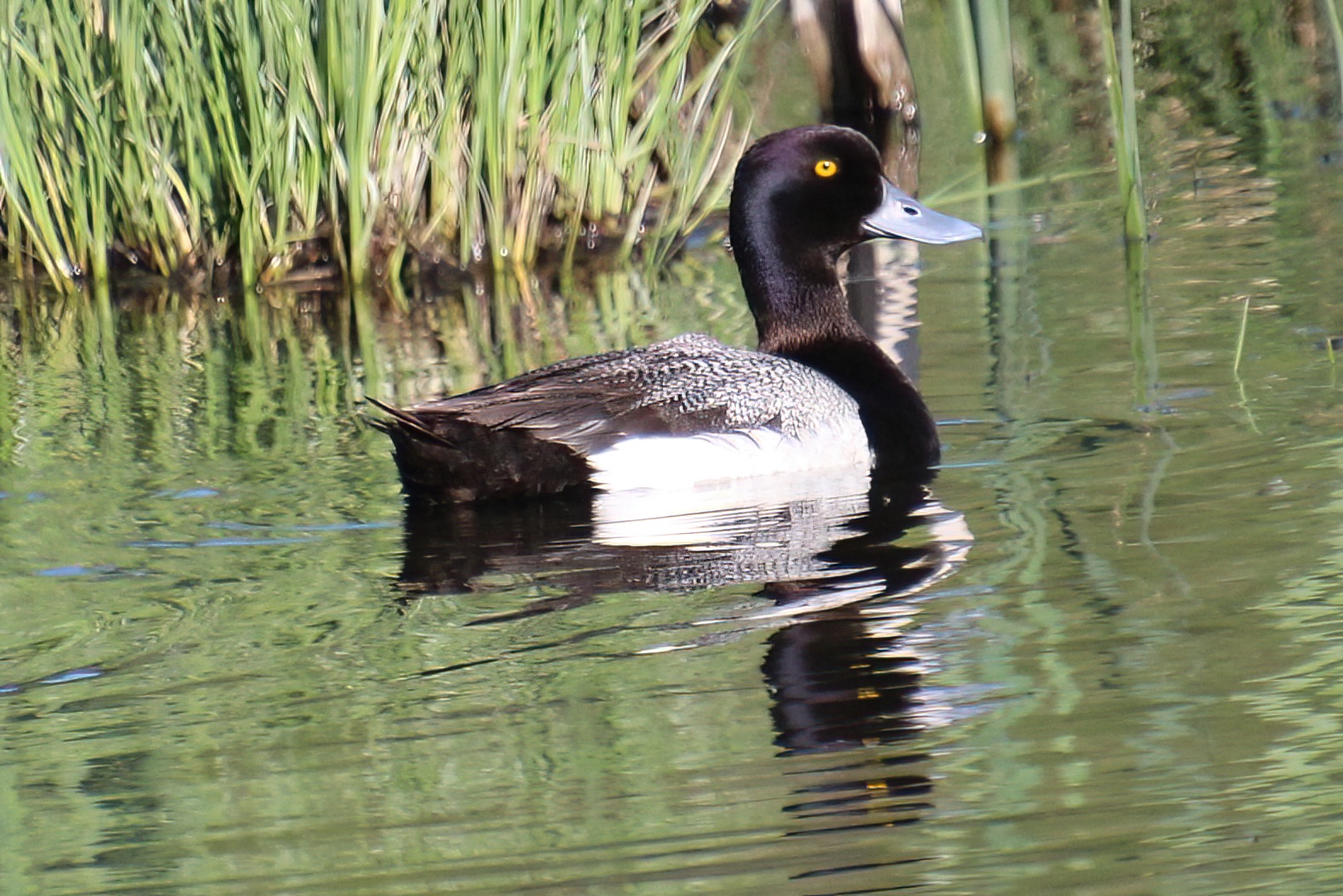eeing a number of bird and wildfowl species, but we noticed that “Daffy Duck”, seemed remarkably absent in quantity. We’d find most of the two dozen Alberta duck species, but the quantities of almost every one seemed low. It seemed that the duck population was nothing to “quack” about. What is the “big picture” for Canada? Were things ducky, or had one too many a duck been plucked?
Fortunately Ducks Unlimited Canada has a vested interest tracking duck populations and recently posted their 2024 findings in the annual Waterfowl Breeding Population and Habitat Survey. From mid to late May, using airplanes, helicopters and sharp-eyed ground crews, approximately 1.4 million square miles of duck breeding areas in Canada and the northern United States were examined.
The findings were indeed a mixed bag with increases in some species and continued declines in others. Total duck populations increased for the first time since 2015, reaching 34 million. This was an increase of 5 percent from 2023, but 4 per cent below the long term average estimate when data was collected, starting in 1955.
Although a population of 6.6 million Mallards sounds incredible, they are down 16 per cent from their Long Term Average (LTA). Joining notable declines from the (LTA), were the Blue-winged Teal, a 10 percent decline, the Northern Pintails a 49 percent decline, and Lesser Scaups a 17 percent decline. On the positive side of the ledger were American Wigeons, Green-winged Teals and Gadwalls, up 12, 38 and 11 percent respectively.
Offering reasons for some of these notable changes was Ducks Unlimited wildfowl research scientist, Matt Dyson. The decline of the Blue-winged Teal “can be closely tied to the ongoing drought situation across their core breeding area in the Prairies”. Dyson noted that increases in American Wigeons were “likely tied to boosts in the boreal forest breeding populations of these species and particularly in Alaska where they saw bumps in 2024”.
Prime breeding territory consists of thousands of shallow wetlands in western Canada. Dyson notes that “despite some late spring rains and precipitation over the summer throughout the park lands, many of those rains were too late to influence habitat conditions for early nesting species like the mallard, which likely led to some overflight into the boreal forest.”
A key of course to addressing wildfowl declines is to preserve and conserve wetlands for Canada’s spring arrivals. Complicating things are the forest fires, land use changes, drought and climate change. Educating the public at large about the valuable contributions wildfowl make from the table to fulfilling their role in the ecosystem, can be focal points to help mitigate all the challenges that our ducks face.
If you are thinking about getting your grandchildren to take up an outdoor hobby like bird watching, the presence of ducks in May and early June, can provide just the spark. And that’s something to quack about.
Donald! Is There a Dearth of Ducks?

In response to Canada's Online News Act and Meta (Facebook and Instagram) removing access to Canada's local news from their platforms, Anchor Media Inc encourages you to get your news directly from your trusted source by bookmarking this site and downloading the Rogue Radio App. Send your news tips, story ideas, pictures, and videos to info@anchormedia.ca.




